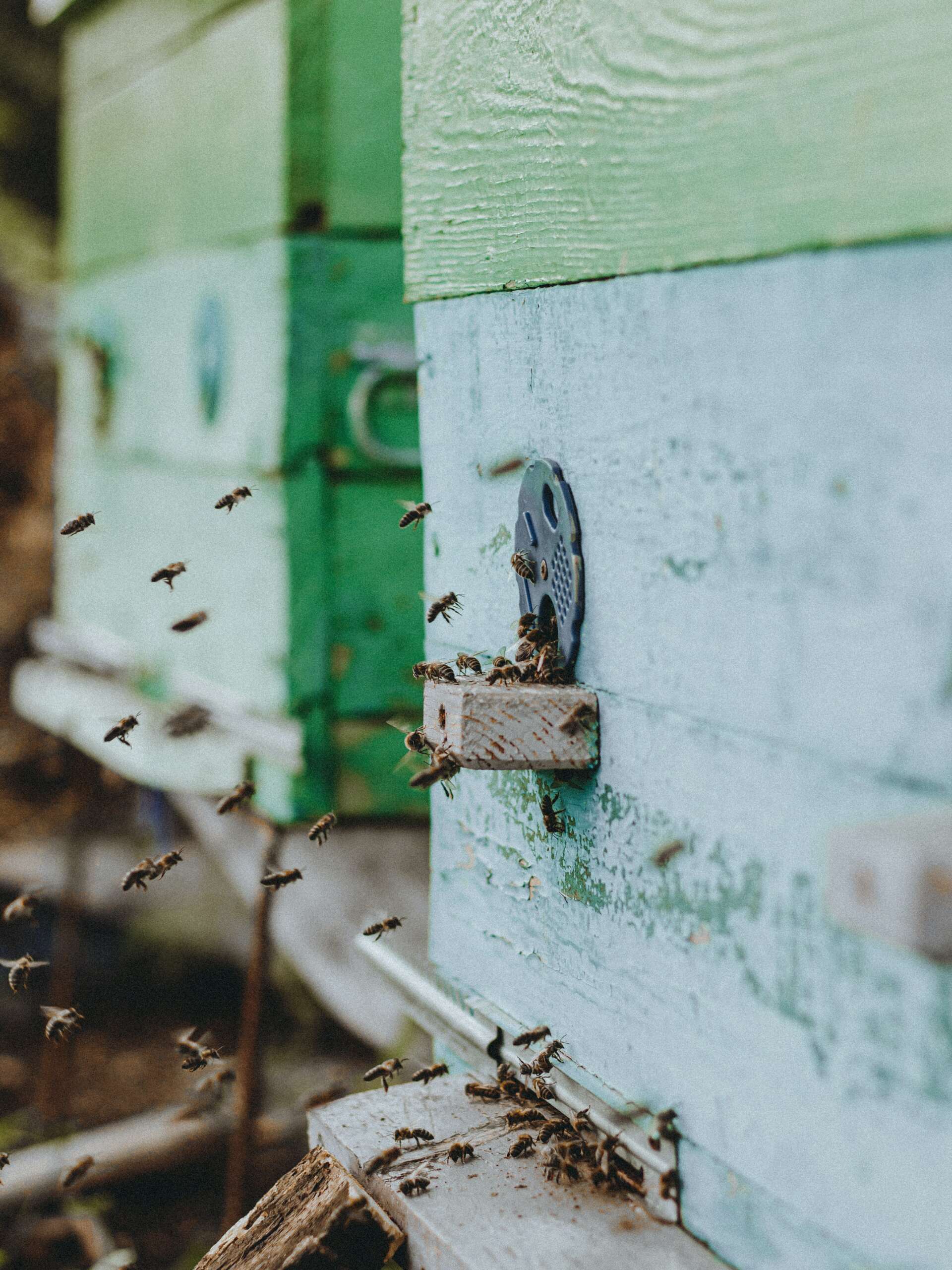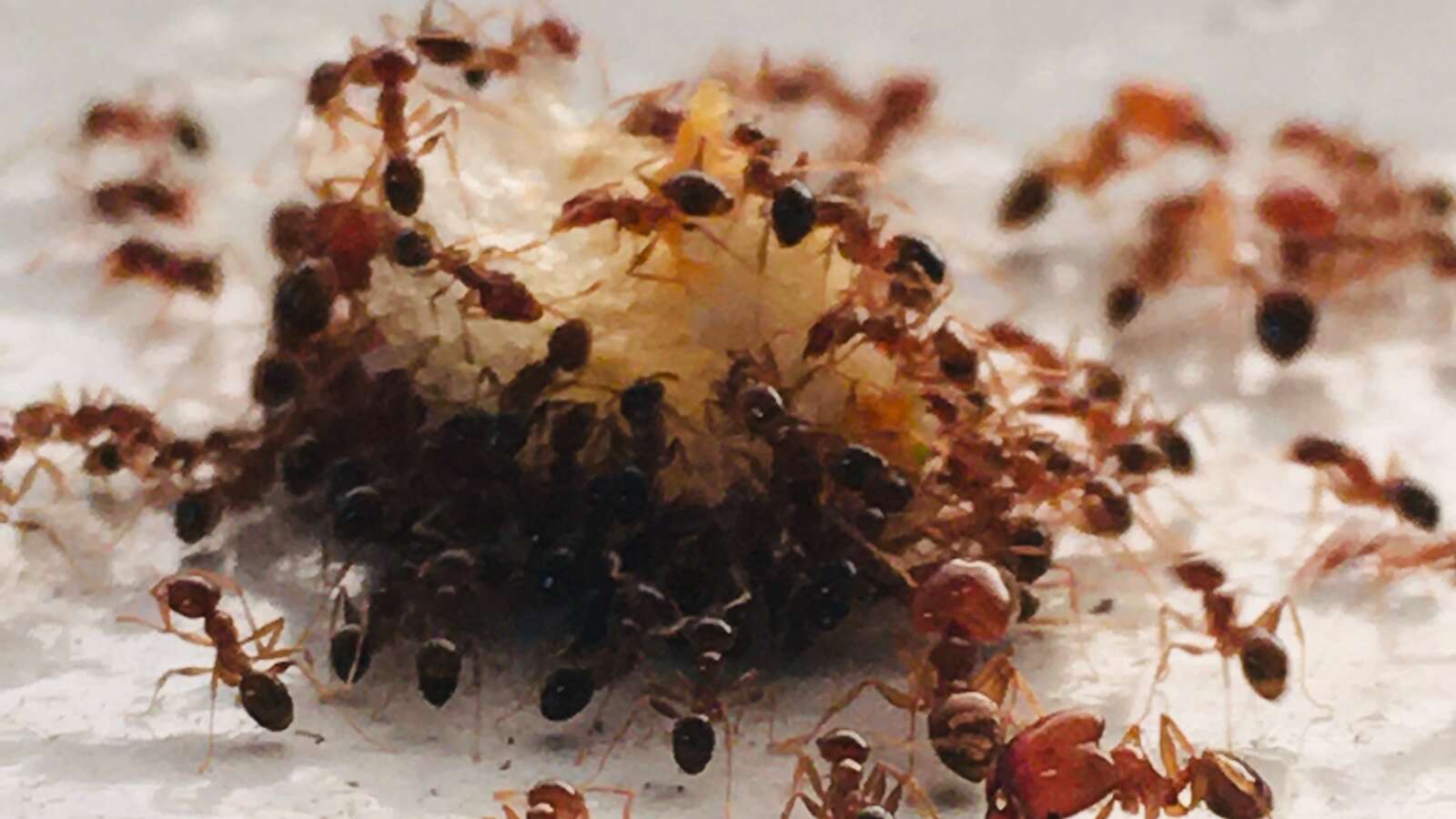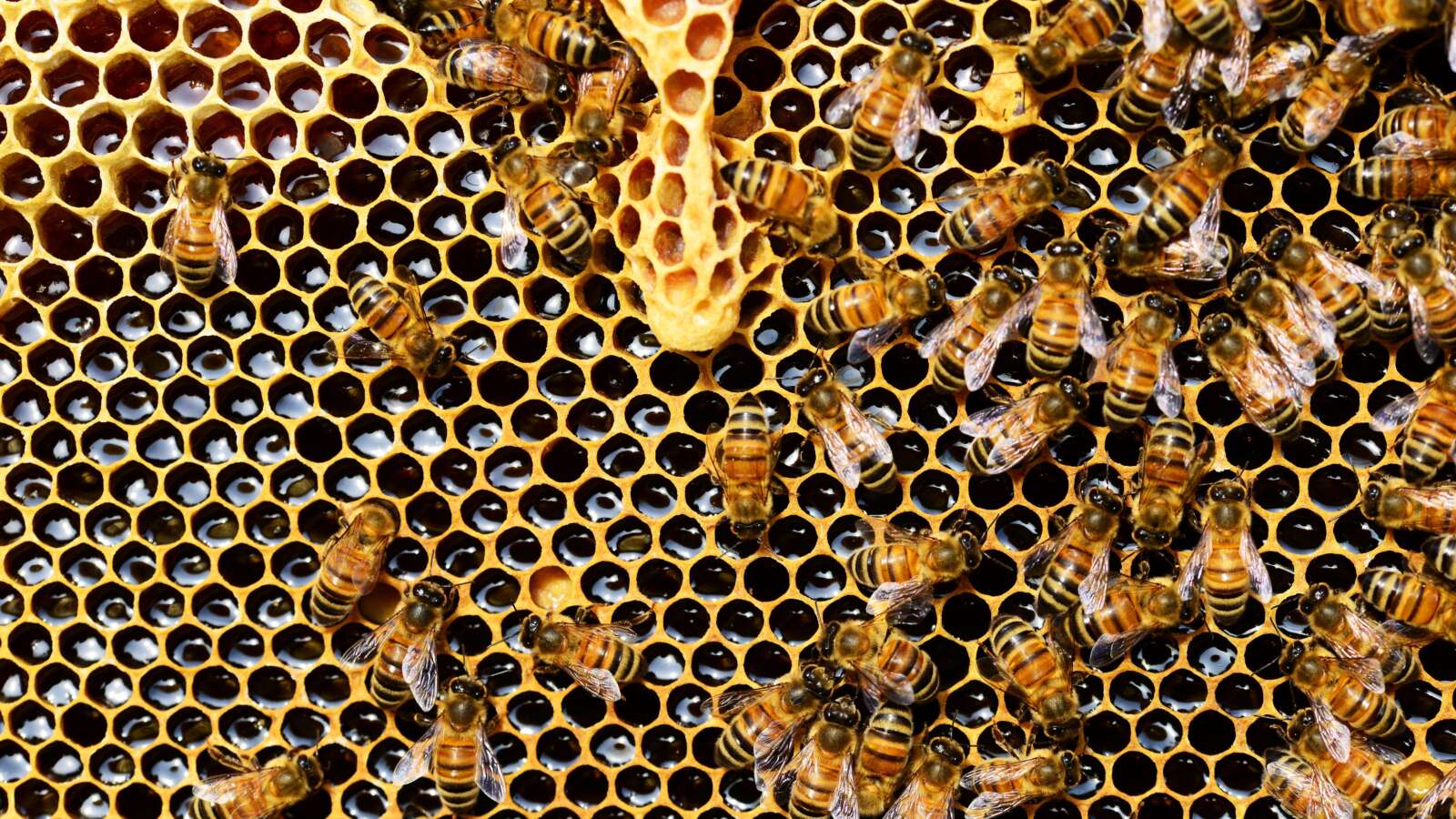Discovering a swarm of bees in your house can be a surprising and potentially alarming situation. While bees are vital pollinators and play a crucial role in our ecosystem, having them indoors can pose risks, especially if someone in your household is allergic to bee stings. In this blog post, we’ll explore what to do if you find bees in your house, discuss the importance of bee sting safety, and provide guidance on how to remove them responsibly.
Assess the Situation:
First and foremost, it’s important to remain calm and assess the bee situation in your house. Determine whether the bees have established a hive or if they are just passing through. Identifying the species of bee can also help in understanding their behavior and potential risks involved.
Prioritize Safety:
Bee stings can be painful, and for individuals who are allergic, they can lead to severe allergic reactions. If you or someone in your household is allergic, it is crucial to prioritize safety and take extra precautions. Make sure everyone stays away from the bees and keeps doors and windows closed to prevent their entry into other areas of the house.
Contact a Beekeeper or Pest Control Professional:
If the bees have formed a hive inside your house, it’s best to seek assistance from a professional beekeeper or pest control expert who specializes in bee removal. These professionals have the necessary knowledge, experience, and equipment to safely remove the bees while minimizing harm to the colony.
Avoid Disturbing the Bees:
Until professional help arrives, it’s important to avoid disturbing the bees as much as possible. Sudden movements or loud noises can agitate them and increase the risk of stings. Keep children and pets away from the area and advise other household members to exercise caution.
Educate Yourself about Bee Stings:
Understanding bee sting reactions and how to handle them is crucial. Most bee stings result in mild reactions, including pain, swelling, and redness. However, some individuals may experience severe allergic reactions, known as anaphylaxis. If someone exhibits signs of a severe reaction, such as difficulty breathing or swelling in the face or throat, call emergency services immediately.
First Aid for Bee Stings:
- For mild reactions, there are a few steps you can take to alleviate the discomfort caused by bee stings:
- Remove the stinger by scraping it off with a credit card or fingernail (avoid squeezing it, as this can release more venom).
- Wash the affected area with soap and water.
- Apply a cold compress or ice pack to reduce swelling and pain.
- Over-the-counter antihistamines or pain relievers may provide relief.
- Prevention and Future Bee Encounters:
- To minimize the chances of bees entering your house in the future, consider implementing preventive measures such as:
- Sealing cracks and gaps in windows, doors, and other potential entry points.
- Installing window screens and door sweeps to keep bees out while maintaining airflow.
- Regularly inspecting the exterior of your house for signs of bee activity, such as nests or swarms.
Conclusion:
Discovering bees in your house can be a cause for concern, but by following these guidelines and seeking professional assistance, you can handle the situation safely and responsibly. Remember to prioritize safety, especially if anyone in your household is allergic to bee stings. By educating yourself about bee sting reactions, practicing first aid for mild reactions, and implementing preventive measures, you can reduce the likelihood of future bee encounters in your home. Let’s respect and protect these valuable pollinators while ensuring the safety and well-being of our households.





